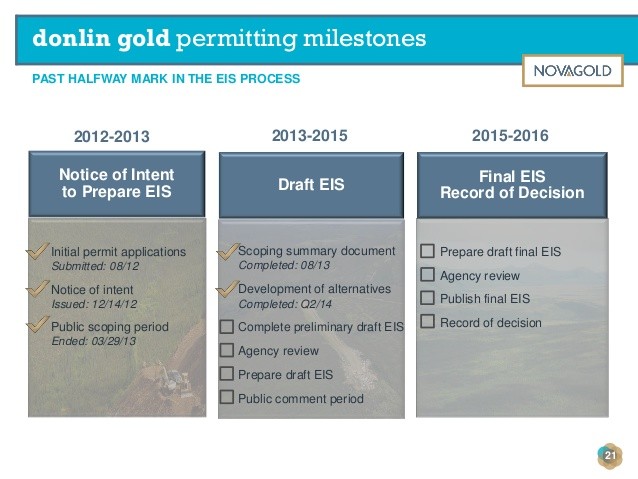Commodities and Precious Metals
Post on: 17 Июнь, 2015 No Comment

When investors want to go straight to the source, they can invest in commodities or precious metals. These raw materials feed the production supply for every industry in the world, from basic needs like food to high-tech needs like virtual reality games. While these goods are plentiful and replaceable, their prices may remain low. Scarcity, though, drives prices higher. Even fear of scarcity (like we’ve seen with oil) can drive prices up. Savvy investors look at the growing resource demands of the world, and put their money into those commodities that they expect the world to consume at the greatest rates.
This market has come leaps and bounds from where it started, while hardly changing at all. Hundreds of years ago, farmers would drag their corn and wheat to the markets, selling them to the highest bidder. While no one lugs commodities into the marketplace anymore, their producers may still hold out for the highest price they can get.
The commodities market has its own unique lingo. The commodities themselves are called actuals. In sight means the actuals underlying a commodity futures contract are about to be physically delivered. And a break refers to a natural occurrence (like a tornado or an unseasonal frost) that negatively affects the commodities underlying a futures contract.
Though this class of investment is riskier than other classes, holding commodities in some form (even in a mutual fund) adds diversification and some inflation protection to a portfolio. In fact, as emerging nations begin to gobble up resources, prices of commodities keep rising, sometimes even outperforming stocks.
Commodities
Some investors prefer to go straight to the base of the production chain, buying resources directly rather than investing in the companies that use these resources or commodities, as they’re called in the investing world to make consumer products. Commodities are natural resources, the raw materials used in all means of production. Examples of commodities include the items on the following page:
Lumber, which is for much more than building houses.
Cotton, which is used in many items, from clothing to coffee filters.
Wheat, the main ingredient in hundreds of foods.
Corn, which can be found in foods, building materials, and biofuels.
Gold, a precious metal used for much more than making jewelry.
Commodities are traded on commodities exchanges. These exchanges include the Chicago Board of Trade (CBOT) for trading agricultural products; the Coffee, Sugar & Cocoa Exchange (CS&CE) for trading those three goods; and the COMEX (Commodities Exchange) for trading futures and options on precious metals only. Commodities may also be traded at spot markets, so called because these are markets where buyers can buy these goods for cash on the spot.

While commodities themselves can be bought and sold directly, they are often the underlying investment for futures contracts. And while most individual investors don’t buy bulk commodities, they can invest in commodities through mutual funds and ETFs.
Precious Metals
Precious metals, gold in particular, are exceptions to that individual investing rule. Millions of investors throughout the world buy and sell gold, though many more invest in this commodity through stocks (in mining companies, for example) and precious metals funds. Investors who buy and hold gold, believing that the metal will maintain good value over time, are called goldbugs.
Gold is a lot more than a beautiful shiny metal that looks good around a neckline or surrounding precious gems. Gold is also used in many other types of products, from medical machinery to aerospace equipment to glass. And, of course, it’s been used as currency for more than 3,000 years.
Investing in straight gold can take a few different forms, such as buying gold bars or bullion coins. Gold bullion is pure, raw gold, before it’s ever been shaped into a bar or a coin; very few (if any) individual investors hold straight bullion. Gold bars are what most people think of when they think of gold: stacks of gold bricks. Gold bars must be made of at least 99.5 percent pure gold bullion, as measured in karats. Most gold bars weigh a uniform 400 Troy ounces (which is the standard used to weigh gold), though you can find them as small as a single standard ounce. Gold coins, or bullion coins, are real currency made out of solid gold. Though they’re rarely used as currency any more, these coins have definite value, usually more than just their worth in gold. Most investors choose to own gold coins, often taking great pride in their collections.
People can invest in other precious metals as well. Silver, platinum, and copper (just to name a few) are also bought and sold by investors, often in coin form. These metals don’t have the same trading value as gold, though they are much sought after by industry for production purposes.














